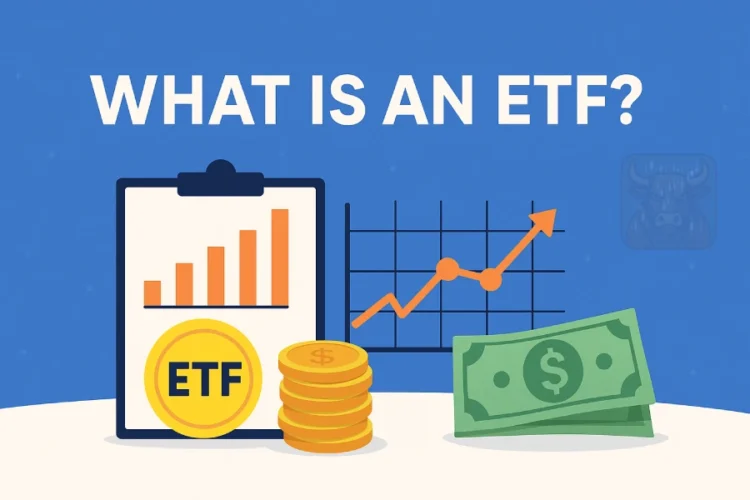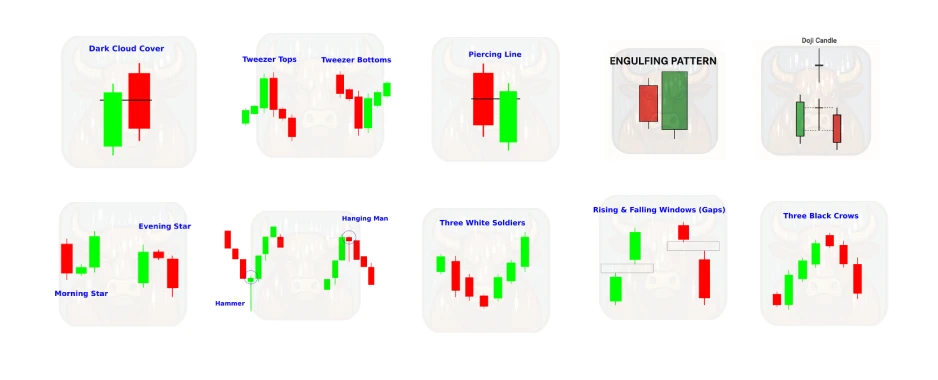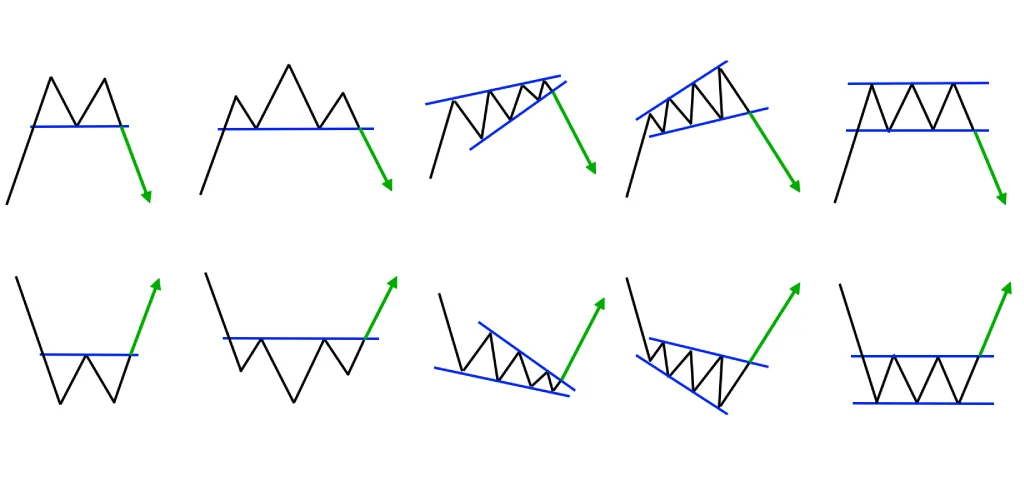What Is an ETF? The Complete 2025 Beginner’s Guide to ETF Investing

💡 **Did you know that over *$12 trillion* is now invested in ETFs globally?** If you’re curious about how to invest in the stock market without picking individual stocks, ETFs might be your perfect solution.
But what exactly are ETFs, how do they work, and are they better than mutual funds or index funds? Whether you’re a complete beginner or looking to refine your investment strategy, this guide will explain everything in simple terms.
📌 What Is an ETF? (Simple Definition)
An ETF (Exchange-Traded Fund) is a type of investment fund that trades on stock exchanges, just like a stock. Instead of buying shares of a single company, an ETF lets you invest in hundreds or even thousands of assets with a single purchase.
🔹 Key Features of ETFs
✅ Diversification – Own multiple stocks/bonds in one fund.
✅ Liquidity – Buy and sell anytime during market hours.
✅ Lower Fees – Typically cheaper than mutual funds.
✅ Transparency – Holdings are disclosed daily.
💡 Fun Fact: The first ETF (SPDR S&P 500 ETF, or SPY) launched in 1993 and is now worth over $500 billion!
🔄 How Do ETFs Work? (Step-by-Step Breakdown)
Let’s say you buy 1 share of an S&P 500 ETF. Here’s what happens behind the scenes:
- You Place an Order → Buy through your brokerage account (e.g., Fidelity, Robinhood).
- ETF Provider Manages the Fund → Tracks an index (like the S&P 500).
- Market Makers Ensure Liquidity → Help match buyers and sellers.
- You Own a Slice of the Fund → Gain exposure to all 500 companies.
- Dividends (If Applicable) → Paid out quarterly or reinvested.
⚠️ Key Point: ETFs don’t require a minimum investment—you can start with just one share!
💰 How Do ETFs Make Money? (2025 Fee Structures)
ETFs generate returns in two main ways:
✔️ Capital Appreciation – The fund’s value increases over time.
✔️ Dividends – Some ETFs pay out earnings from stocks/bonds.
But they also have small fees:
- Expense Ratio – Annual fee (usually 0.03%–0.50%).
- Brokerage Commissions – Most brokers now offer $0 ETF trades.
📌 2025 Trend: Zero-fee ETFs are becoming more common (e.g., Fidelity ZERO funds).
🏆 Top 5 Most Popular ETFs in 2025
| ETF | Symbol | Tracks | Expense Ratio | Best For |
|---|---|---|---|---|
| SPDR S&P 500 ETF | SPY | S&P 500 Index | 0.09% | Broad US market exposure |
| Invesco QQQ | QQQ | Nasdaq-100 | 0.20% | Tech-focused growth |
| Vanguard Total Stock Market ETF | VTI | US stock market | 0.03% | Long-term diversification |
| ARK Innovation ETF | ARKK | Disruptive tech | 0.75% | High-risk innovation bets |
| iShares Core US Aggregate Bond ETF | AGG | US Bonds | 0.03% | Lower volatility/income |
🔍 Types of ETFs
Not all ETFs are the same. Here are the main categories:
1. Index ETFs 📊
- Track major indexes (S&P 500, Nasdaq, Russell 2000).
- Best for: Passive, long-term investors.
2. Sector ETFs 🏦
- Focus on specific industries (tech, healthcare, energy).
- Example: XLK (Tech Sector ETF).
3. Dividend ETFs 💵
- Invest in high-dividend-paying stocks.
- Example: SCHD (Dividend Aristocrats ETF).
4. International ETFs 🌍
- Cover stocks outside the U.S. (Europe, Asia, emerging markets).
- Example: VXUS (Total International Stock ETF).
5. Thematic ETFs 🚀
- Bet on trends (AI, clean energy, blockchain).
- Example: BLOK (Blockchain & Bitcoin Exposure ETF).
6. Leveraged & Inverse ETFs ⚠️ (Risky!)
- Use derivatives to amplify gains (or bet against the market).
- Only for advanced traders.
📊 ETFs vs. Mutual Funds vs. Index Funds (2025 Comparison)
| Feature | ETFs | Mutual Funds | Index Funds |
|---|---|---|---|
| Trading | Anytime (market hours) | End-of-day pricing | End-of-day pricing |
| Fees | Low (0.03%–0.50%) | Higher (0.50%–1.50%) | Low (0.03%–0.20%) |
| Minimum Investment | $0 (1 share) | Often $1,000+ | Often $1,000+ |
| Tax Efficiency | High (less capital gains) | Lower | Moderate |
💡 Winner for Most Investors: ETFs (lower fees, more flexibility).
🚀 How to Invest in ETFs
- Open a Brokerage Account (e.g., Fidelity, Charles Schwab, Robinhood).
- Research ETFs (Use tools like Morningstar or ETF Database).
- Place Your Order (Choose between Market or Limit Order).
- Monitor & Rebalance (Check performance annually).
📌 Pro Tip: Use dollar-cost averaging (DCA) to invest steadily over time.
📉 Risks of Investing in ETFs
While ETFs are safer than individual stocks, they still carry risks:
- Market Risk – If the index drops, your ETF drops.
- Liquidity Risk – Some niche ETFs trade thinly.
- Tracking Error – The ETF might not perfectly follow its index.
- Thematic ETF Volatility – Trends can fade (e.g., metaverse ETFs in 2023).
💡 Safety Tip: Stick to high-volume, broad-market ETFs for stability.
🔮 Future of ETFs (2025 Trends & Predictions)
- AI-Managed ETFs – Algorithms picking stocks in real-time.
- More Crypto ETFs – Bitcoin & Ethereum spot ETFs growing.
- Sustainable Investing – ESG ETFs gaining popularity.
- Active ETFs – Challenging traditional mutual funds.
📌 Prediction: By 2030, 50% of all retail investments could be in ETFs.
🎯 Final Verdict: Should You Invest in ETFs?
✅ Yes if:
✔️ You want diversification without picking stocks.
✔️ You prefer low fees & liquidity.
✔️ You’re a long-term investor.
❌ No if:
✖️ You want high-risk, high-reward trades (try stocks/crypto).
✖️ You need professional management (consider robo-advisors).
❓ FAQ: ETF Questions
Yes! They’re simple, diversified, and low-cost.
Yes, if the market drops—but less risky than single stocks.
As little as $1 (fractional shares available on most platforms).
VTI (Total Stock Market ETF) or SPY (S&P 500 ETF).
For most people, yes—lower fees, more flexible trading.
📌 Quick Recap:
✔️ ETFs = Bundled investments trading like stocks.
✔️ Best for diversification & passive investing.
✔️ Choose low-cost, high-liquidity ETFs.
✔️ Avoid niche ETFs unless you understand the risks.
🚀 Now it’s your turn! Do you invest in ETFs? Share your favorite in the comments!
Recommended Reading
Guide to Volume Price Analysis by Anna Coulling
Technical Analysis of the Financial Markets by John J. Murphy






